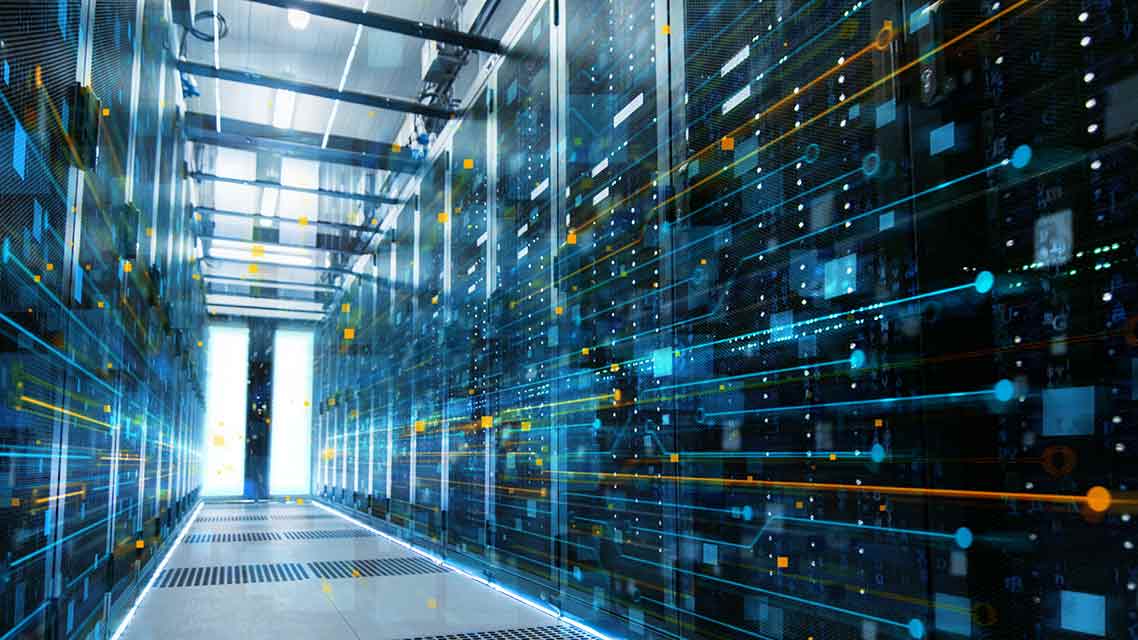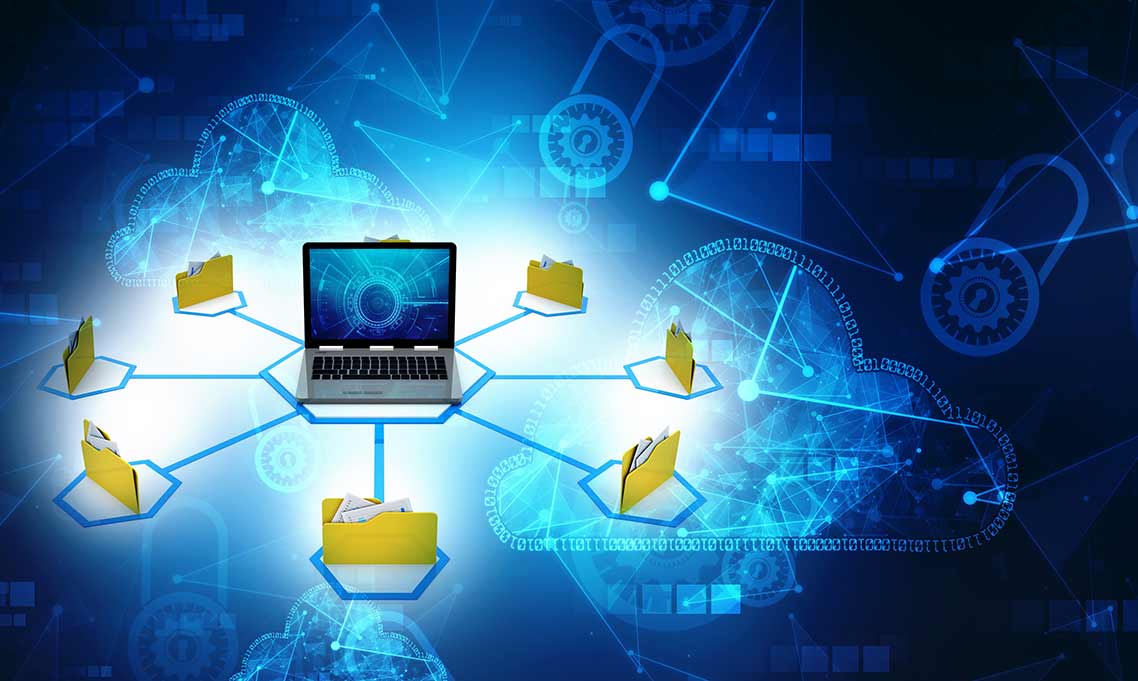The enterprise network is the backbone of any modern enterprise’s business operations. The sheer size and diversity of an enterprise network makes it very difficult and costly to build, maintain, administer and secure. Because the...
Windows Firewall is used to enhance the system security, allowing or blocking inbound and outbound network traffic. Due to security reasons, and as a best practice recommendation, the firewall configuration becomes even much...
A hypervisor is a software layer that creates and runs isolated virtual machines over hardware. Bare metal is a physical server whose hardware resources are dedicated entirely to a sole tenant.
Bare metal hypervisors are used extensively for...
The log on as a service user right allows accounts to start or run services on a Windows machine. By default, and due to security reasons, services can only be configured to run under the Local...
This article covers the basics of SAML authentication, how it works behind the scenes, the benefits of using SAML authentication and how it streamlines user access to your organization’s applications.
What is SAML...
In simple terms, a hypervisor definition would be a software layer that creates and runs many isolated virtual machines (VMs) over single hardware. Before dwelling on the details of what a hypervisor is, it...
What is an RDP Client?
Remote Desktop Protocol (RDP) is a connection protocol developed by Microsoft to provide users with a graphical interface while connected to another computer over a network connection. The connecting user must deploy...
What is a Virtual Machine?
As the name suggests, a virtual machine (VM) is a virtual environment that simulates a physical machine. VMs have their own central processing unit (CPU), memory, network interface, and storage, but they...







